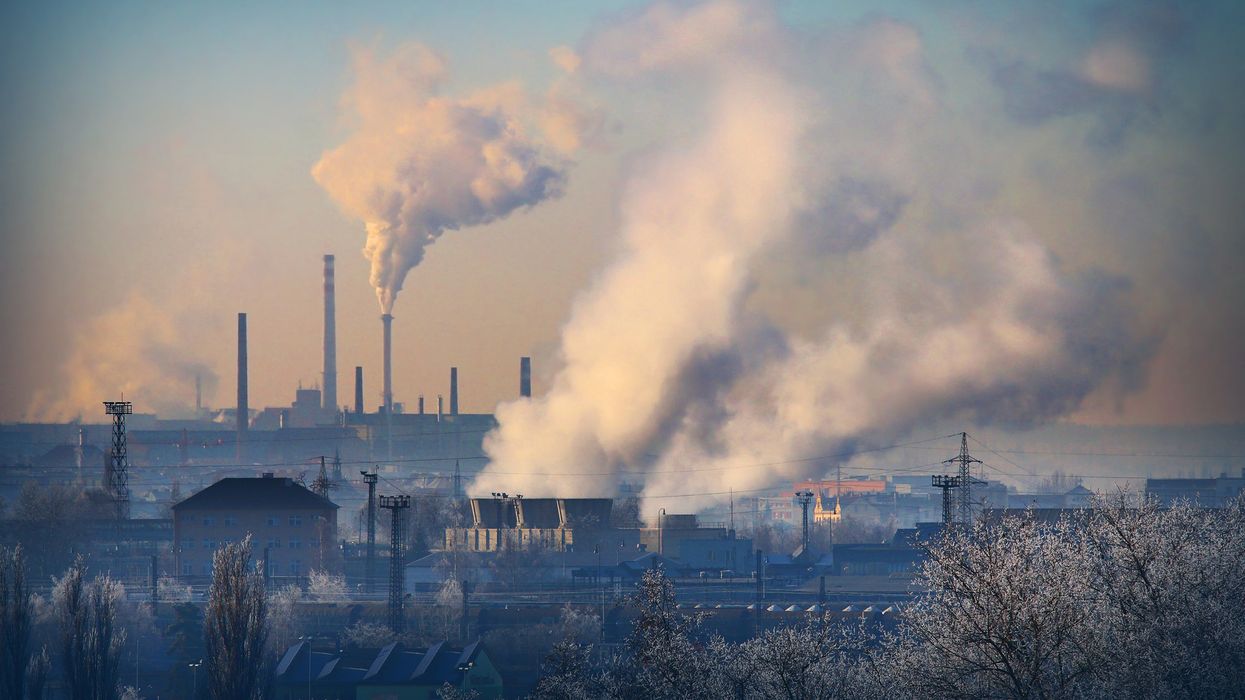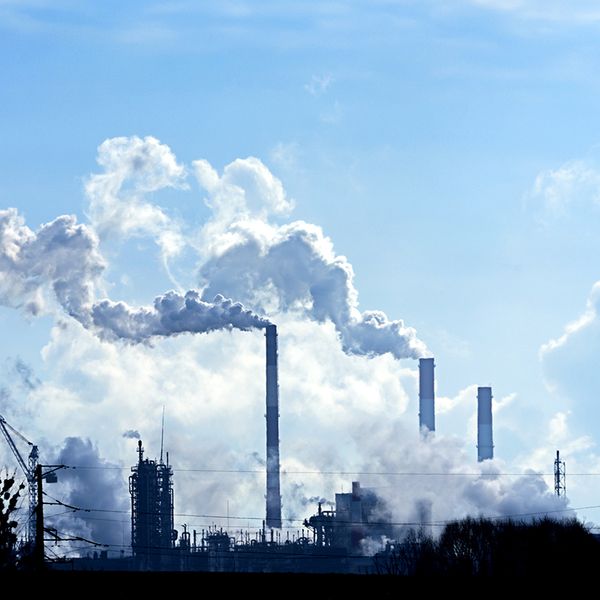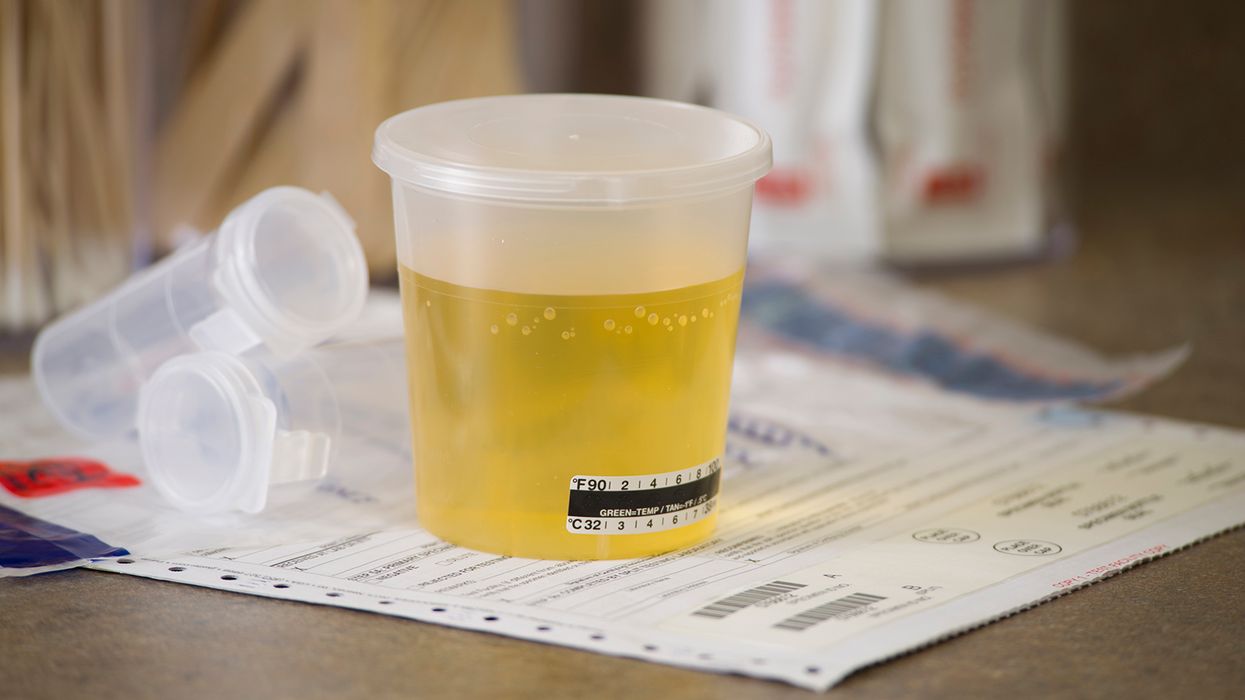Final rule on revised NESHAP emission standards
The Environmental Protection Agency (EPA) finalized amendments to the national emission standards for hazardous air pollutants (NESHAP) at major sources from new and existing industrial, commercial, and institutional boilers and process heaters. The final rule becomes effective starting December 5, 2022. This final rule may impact any industry using a boiler or process heater. This includes chemical manufacturers, petroleum refineries, manufacturers of motor vehicle parts, and steel works just to name a few.
EPA finalized revisions to 34 different emission limits which had formerly been amended in 2013. Out of this total, 28 of the limits are stricter and 6 are less strict than the previously set emission limits. There is a deadline of three years after the effective data for sources to show compliance with these revised limits.
The following are the subcategories with stricter emission limits than before for the specified pollutants:
- Total selected metals (TSM) — New-Biomass Fluidized Bed, New-Heavy Liquid, Existing-Wet Biomass Stoker, and Existing-Biomass Fluidized Bed
- Hydrochloric acid (HCl) — New-Solid, New-Liquid, and Existing-Solid
- Particulate matter (PM) — New-Biomass Fluidized Bed, New-Biomass Dutch Oven/Pile Burner, New-Biomass Fuel Cell, New-Wet Biomass Stoker, New-Heavy Liquid, Existing-Coal, Existing-Wet Biomass Stoker, Existing-Biomass Fluidized Bed, Existing-Biomass Suspension Burners, Existing-Biomass Dutch Oven/Pile Burner, Existing-Heavy Liquid, and Existing-Non-continental Liquid
- Carbon monoxide (CO) — New-Biomass Fluidized Bed, New-Biomass Suspension Burner, New-Biomass Hybrid Suspension Grate, New-Wet Biomass Stoker, Existing-Coal Stoker, Existing-Wet Biomass Stoker, and Existing-Biomass Fluidized Bed
- Mercury (Hg) — Existing-Solid and Existing-Liquid
This action also delivers added explanation of one aspect of the Agency’s use of CO as a surrogate for organic hazardous air pollutants (HAP) and its use of a CO threshold to represent the application of the maximum achievable control technology (MACT) for organic HAP. There are also some technical clarifications and corrections.
Final rule costs
EPA estimates the total capital costs of the final amendments to be about $201 million. The total annualized costs will be about $49.6 million. The final rule will likely cause an increase of around 74.4 million kilowatts per year in national energy usage from the electricity needed to run control devices, like wet scrubbers, electrostatic precipitators, and fabric filters which are expected to be installed to meet the modified emission limits.
Key to remember: EPA finalized revisions for 34 different NESHAP emission limits.

















































